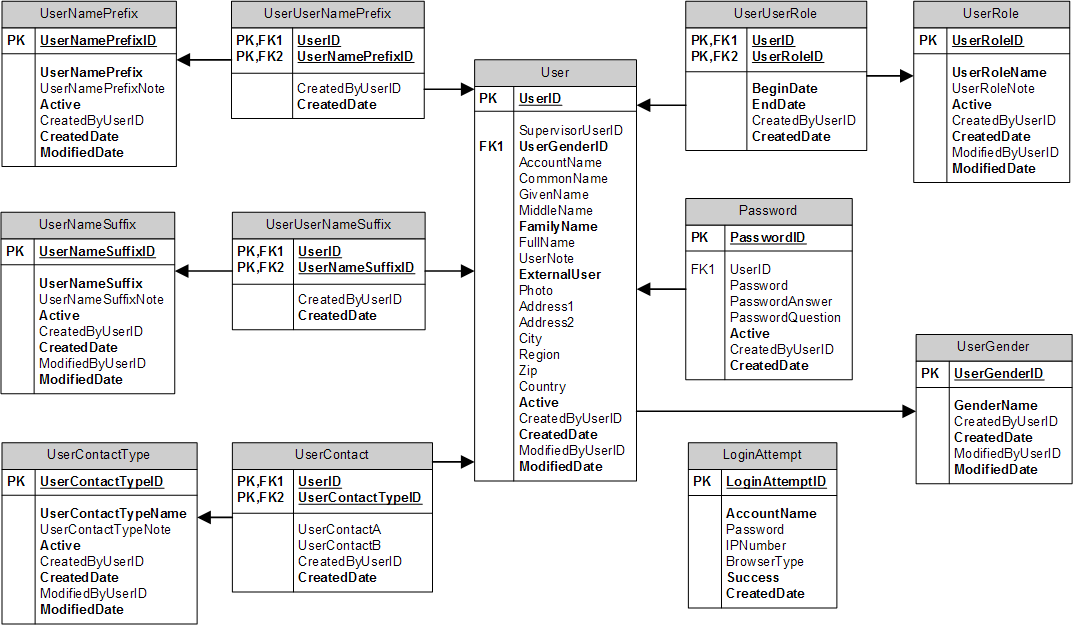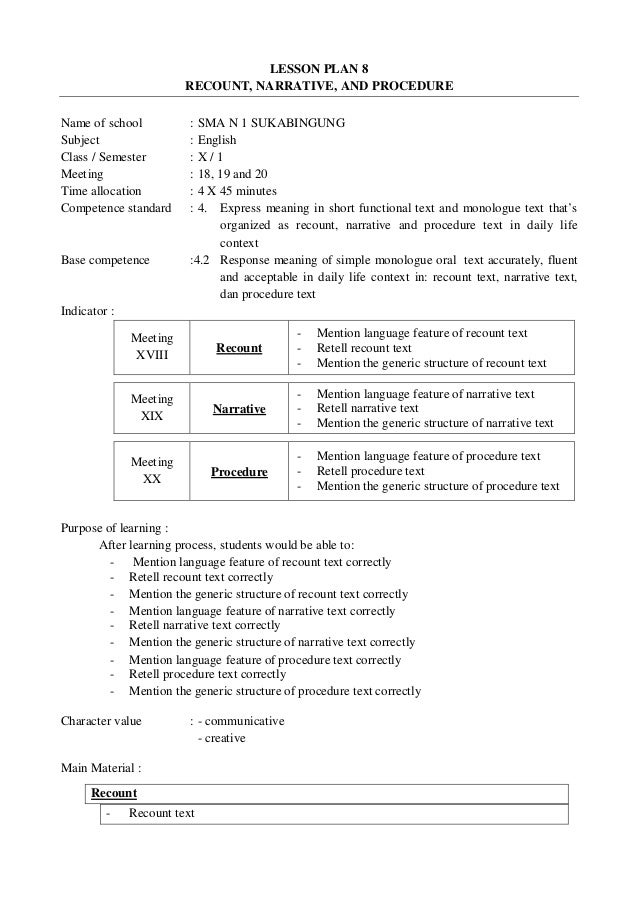
The basic protocol is for low-throughput (single tubes) cell fixation and DNA staining.

albicans haploid (1N), diploid (2N), and tetraploid (4N) strains, and expect that they will easily transfer to other yeast-form fungal species. We describe in detail the controls that are necessary for each experiment.

We address important factors that can alter ploidy analysis via flow cytometry including cell density, cell clumping, DNA stain intensity, and the flow rate of the cytometer. The goal of this protocol is to provide the steps necessary to generate robust and reproducible ploidy data from yeast-form fungal cells. Here we present a flow cytometry-based method to determine ploidy in fungal cells. For this protocol, we will address ploidy analysis of fungi using flow cytometry for yeast-form cells only. albicans, can grow in yeast, pseudohyphal, and hyphal forms. Some dimorphic or polymorphic fungi, including C. For example, analysis of ploidy in Aspergillus and Ashbya species is not possible with a flow cytometer due to their complex morphology and polarized cell growth, but fluorescent microscopy experiments have identified ploidy differences within a single hyphal cell ( Anderson et al., 2015). Hyphal cells can form thick mats and clog the microfluidic system within a cytometer. Filamentous species of fungi contain elongated hyphal cells with nuclei separated by septa.


While different ploidy levels are common in fungi, cell morphology changes can interfere with ploidy analysis. However, factors that interfere with cell separation lead to skewed results that are not representative of the true single cell shape, size, or cellular content. The power of flow cytometry lies within its ability to separate single cells from within a population and generate a numerical data output. These lasers generate data characterizing cell size, membrane complexity, and abundance of internal fluorescent markers/dyes and external fluorescent components of the membrane. Hydrodynamic focusing of cells within a stream of liquid allows for single cell interrogation by lasers of different wavelengths. Flow cytometry is the analysis of single cells in suspension.


 0 kommentar(er)
0 kommentar(er)
